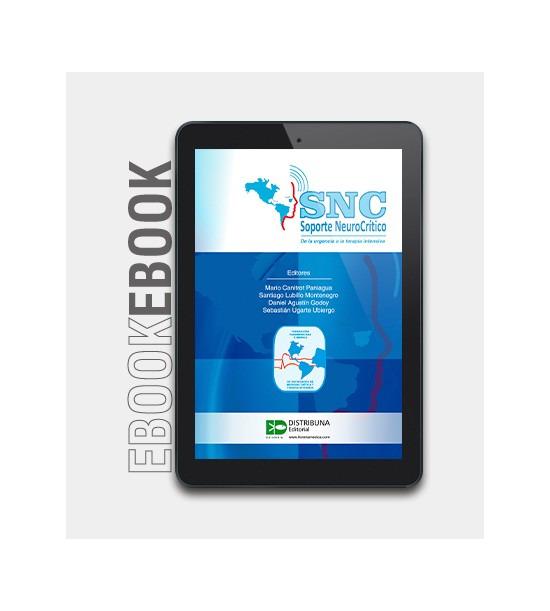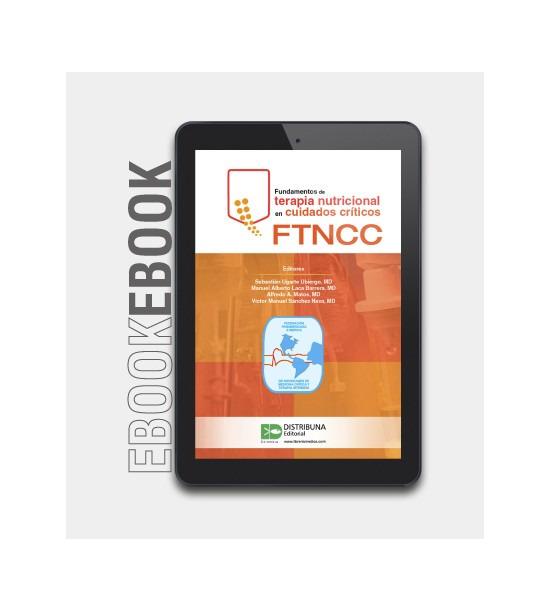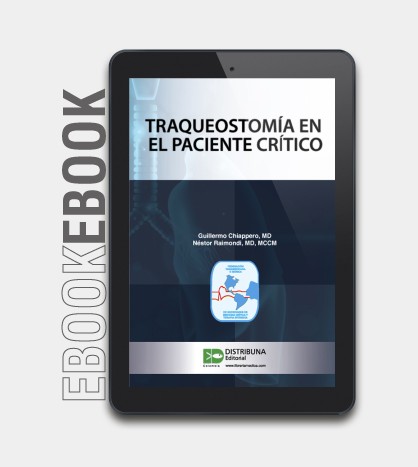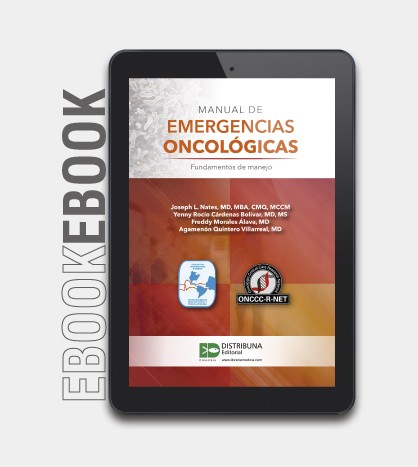After a year of work, you have before you a compelling book, the objective of which is to answer the question: What to do in the event of a neurological emergency in the emergency department and in intensive therapy? This book is also intended to be the guide text for the Neurocritical Support Course (CNS), designed by the Pan American and Iberian Federation of Critical Medicine and Intensive Care (FEPIMCTI), and which will be disseminated in our two continents. We have had a team of exceptional experts headed by Doctors: Santiago Lubillo, Ignacio Previgliano, Daniel Godoy, Mario Canitrot and whoever subscribes, to select the best authors in each chapter.
The importance of nutritional support in the intensive care unit (ICU) is undeniable in light of current and emerging evidence. Critically ill patients show a metabolic response to aggression (sepsis, major burn, multiple trauma, postoperative, among others) characterized by increased caloric expenditure, mobilization of carbohydrates and lipid deposits, and catabolism from protein, resulting in loss of lean body mass. This response to aggression, called metabolic stress, has the purpose of ensuring sufficient levels of circulating substrates in the absence of intake, although it leads to the appearance of a series of disorders that increase the morbidity and mortality of the critical patient depending on their duration and intensity.
Tracheostomy in the critically ill patient is a reference book for healthcare personnel assisting patients in intensive care units (ICU). The text not only provides the reader with a general understanding of the procedure and the different options available, but also addresses strategies for care, prevention, and management of the myriad problems that can arise in a patient with a tracheostomy.
This manual on oncological emergencies comes to fill an existing void in the Latin American emergency and reality literature. Simultaneously, this clinical tool has been created as the basis for the oncological emergencies course of the Pan American and Iberian Federation of Critical Medicine and Intensive Care (FEPIMCTI) in collaboration with the oncologic critical medicine research network ONCCC-R-NET (Oncologic Critical Care Research Network), although it can be used independently.
It is well recognized that mechanical ventilation has changed the prognosis of critically ill patients. This has been demonstrated since the beginning of what we now call Critical Medicine, around the 50s of the last century, during the polio epidemic in Europe and some Latin American countries. This development has not only been in the design of ventilators but in the knowledge of the physiology of respiration and the pathologies in which the respiratory system is affected and how the interaction between the ventilator and the patient can obtain more and more results. flattering in terms of the decrease in morbidity and mortality, reduction in days spent in intensive care and in hospitalization days, which ultimately leads to a reduction in hospital costs.






